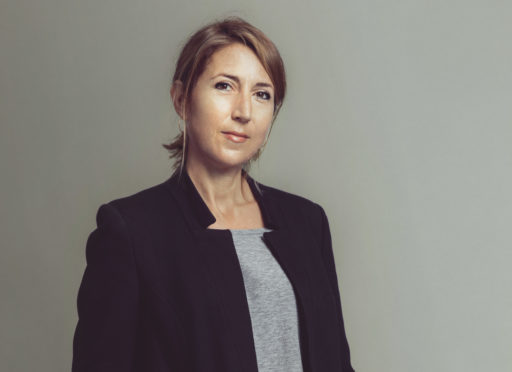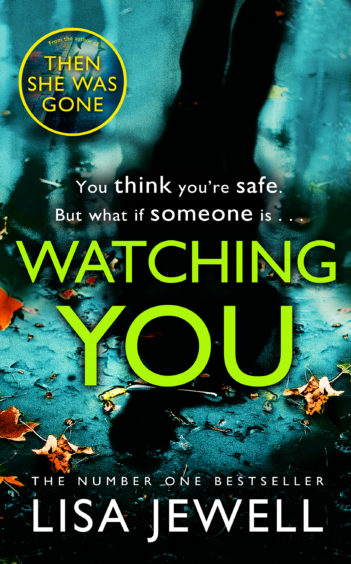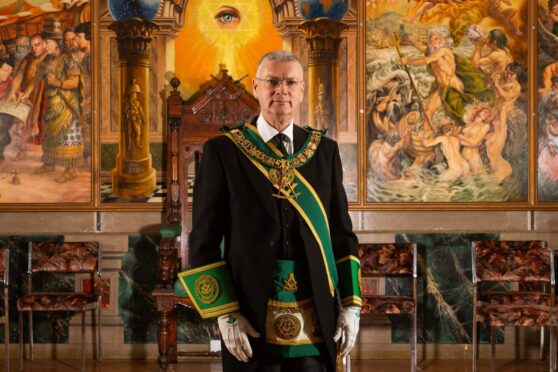Best-selling author Lisa Jewell tells Caroline Lindsay how her writing career began
If anyone knows that the life’s path doesn’t always run to plan, it’s best-selling author Lisa Jewell, whose latest book Watching You is garnering great reviews.
Although she was a “bookish child” who enjoyed writing poems, that was all to change when she hit her teens.
“I really wanted to be a music journalist but ironically that was when I stopped reading books,” says Lisa, who has published 14 best sellers from what she calls “curry and flatmates” novels of the 90s and noughties like Thirtynothing, One Hit Wonder, A Friend of the Family and Vince & Joy, to more serious theme novels like After The Party (marriage), The Making of Us (sperm donation) and The House We Grew Up In (hoarding), to her more recent domestic thrillers, like The Third Wife, The Girls, I Found You and Then She Was Gone.
“When that didn’t happen, life took me off on a different path and I found myself in fashion retail working for [upmarket shirt-maker] Thomas Pink and climbing the career ladder. Books didn’t really feature in my life at all.
“I was PA to the director at Thomas Pink when there was a very fortuitous kink in my storyline,” she recalls.
“I had married very young and although it was a very controlling relationship, he did get me back into reading. After we broke up I wanted to reclaim my life so I moved back to London and one of the things I did was sign up for a creative writing course.
“I had also just been made redundant and it was about this time that I read Nick Hornby’s book High Fidelity,” she continues. “It just blew me away, really spoke to me, and made me think that perhaps I could write a female equivalent.”
A close journalist friend asked Lisa what she planned to do next and when she replied that she would probably sign up with a temping agency, her friend said: “You know, this could be a chance to do something else. What is your dream?”
“I replied: ‘To write a novel’ and that was the first time I’d said those words out loud. My friend made me a bet and said if I wrote the first three chapters she’d take me out for a meal to my favourite restaurant,” smiles Lisa.
Her friend was impressed and encouraged Lisa to send it to an agent. “The agent asked me to write the rest, and that became Ralph’s Party, my first novel,” says Lisa.
She reveals that when she first started writing she had intended the book to be a thriller. “But because of my optimistic outlook at the time I was very keen everyone had a nice time in the story,” she says.
“Then of course it was a huge bestseller and the publisher was keen for me to continue in the same genre so I found myself on the tracks of romantic comedy. I don’t like the term ‘chick lit’ – it sounds very dismissive.
“But life moves on and you change and up until about five novels ago I hadn’t killed off any of my characters so I found myself drawn to the thriller genre,” she says.
Lisa explains that the process of writing a thriller is very different from a romantic comedy. “You can let people do what they want in a romantic comedy. There’s the same arc: boy meets girl, perhaps a mystery to solve, and then everyone lives happily ever after.
“With a thriller, while I want my characters to do whatever they want – and all my books are character-led – I’m continually carrying around a mental box of tools and thinking: ’No, that wouldn’t work because…’ It’s much more technical.”
She describes Watching You as a classic suburban thriller, while her next book The Family Upstairs – which she’s frantically trying to get finished – is in “the old house genre” – I think I’ve just invented that genre,” she laughs.
Lisa aims to write about 1000 words a day, which takes around three hours, sometimes working at the kitchen table in the house she shares with her husband, two daughters and a menagerie of assorted pets, or heading to a local cafe.
“Writing itself is a strangely unsatisfactory process,” she reveals. “What’s in your head never quite lives up to what you end up putting on the page. I do enjoy editing though – gradually making it into a better book.
“And I love the social side of being a writer – they say writing is a solitary occupation and it can be but I love book festivals, going to book and library events and meeting people who love reading.”
Watching You by Lisa Jewell is out now. Arrow paperback £8.99.











